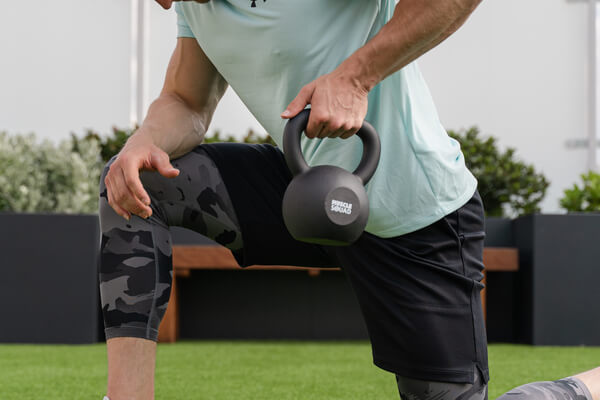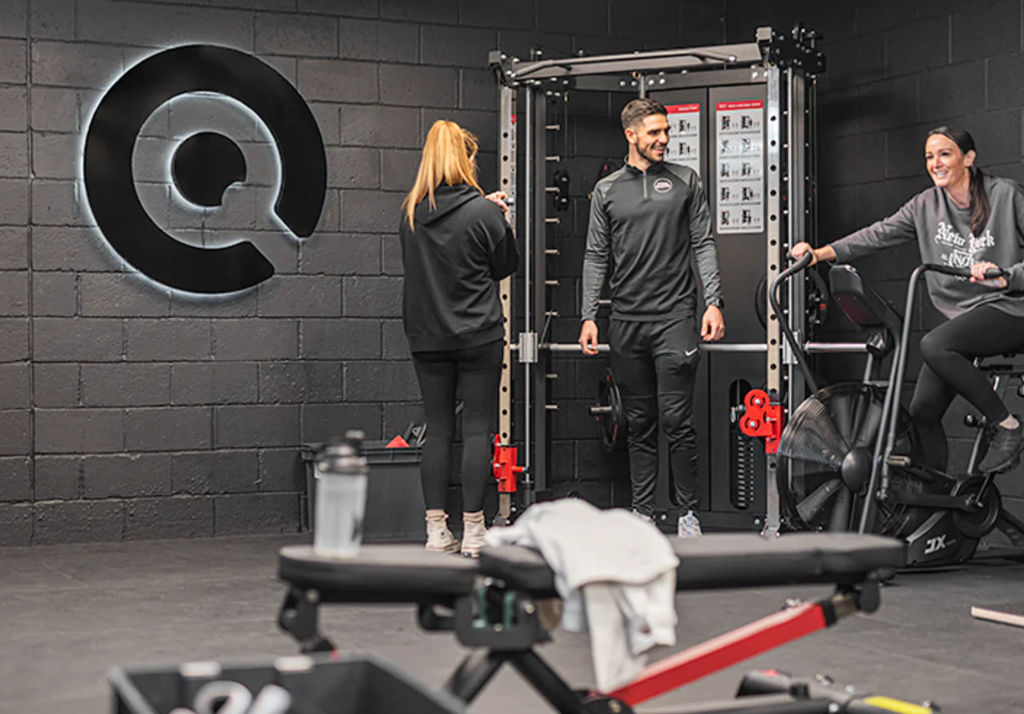Consistently going hard in the gym is great. If you’re hitting the weights multiple times per week, with a structured training plan sorted, you’re going to see improvements, right? If you’re a beginner, training alone might be enough for you to gain some muscle. However, if you’ve been training for a while, you’re going to need to get your diet in check. Eating right is just as important as training hard.
What’s the Point in Eating Well for the Gym?
Think of it like this. Your muscles are an engine. An engine needs fuel and the fuel for your muscles is food. When you lift weights, you’re burning fuel. An engine without fuel cannot run and trying to run an engine with no fuel in it will cause damage. Your muscles need a special mixture of fuel so they can run smoothly enough to keep up with the demand of being pushed hard every day. This special fuel comes in the form of a high protein diet, with enough carbs and fat to use for energy (macronutrients), and also a variety of micronutrients (vitamins).
Eating ‘Clean’ is Pointless
You’ve probably heard the term ‘clean eating’ thrown about during your time as a fitness enthusiast. It’s an industry term used to describe a very restrictive diet composed of only whole foods like lean meats, brown rice, fruit, and vegetables. While these foods are great for muscle building and maintaining a balanced diet, they are very sparse in calories and aren’t the tastiest. For muscle building, foods higher in calories are fine to help get you in a caloric surplus, and if you aren’t enjoying the foods you eat, you’ll likely abandon your diet altogether. In all aspects of life, the key to sticking to something is to make it enjoyable for yourself.
Can I Eat Unhealthy Foods as a Bodybuilder?
If a food is ‘processed’, that doesn’t necessarily mean it’s bad for you. It’s absolutely fine to indulge in a McDonald’s every now and then. Even clean carb sources like pasta are considered to be processed foods, which again just goes to show how ‘clean eating’ is an outdated term.
There’s also nothing wrong with drinking zero-calorie, sugar free drinks. There have been some myths surrounding the sweeteners used in these drinks. Research has shown that drinking sugar free drinks in moderation has absolutely no impact on your health, and especially no impact on your body composition. This is what makes sugar free drinks a better choice than full sugar drinks for bodybuilders.
So why are some foods labelled as ‘unhealthy’ or ‘fattening’? It usually comes from one of two things: a high fat content, or a lack of vitamins/micronutrients. You do not need to feel guilty for eating high fat foods or foods that are low in vitamins. As long as you’re not eating foods like this for every meal, you’ll be finding micronutrients, higher protein foods, and carbs from other sources.
Another common myth among the public is that carbs are bad for your health or will make you put on weight. This is absolutely not true. Carbs are converted into glucose by your digestive system. Glucose is what gives your body and mind energy. Without enough glucose, you would end up in hospital. Getting a decent amount of carbs into your diet will make you feel more energised and alert, this is especially important if you’re lifting weights frequently. Eating a high carb meal before your workout can help you to feel more fuelled and will also give you a better pump.
The bottom line with healthy eating is this: Any food in moderation will not negatively impact your health or cause you to put on weight.
How to Eat for Muscle Gain
To gain muscle, you need to be in a calorie surplus. This means you’re eating more food than your body needs to maintain the same weight. Everyone has a different number of calories needed for weight maintenance, this is known as maintenance calories. This number depends on a range of factors but can be easily gauged using online maintenance calorie calculators.
Once you’ve figured out your maintenance calories, you need to decide how big of a calorie surplus to put yourself in. A bigger surplus of around 15-20% of your maintenance calories will help you to gain overall mass quickly. You’ll pack on muscle at a fast rate, but you’ll also gain fat alongside this muscle. If you have purely strength or powerlifting goals in the gym, (and partake in mainly heavy, low rep, barbell training) this is probably the way to go for you. Usually, the heavier you are, the stronger you are.
If you’re more concerned with building muscle but staying lean, a smaller surplus of 3-6% is a better choice. This is more of a bodybuilding style of eating, where you train higher reps and generally use dumbbells more than barbells. Studies have shown that a surplus of just 40 calories can be enough to allow for muscle gain. A smaller surplus is harder to stick to you’ll keep the fat off which lessens the need for a cutting phase. Many bodybuilders are stuck in a vicious cycle of bulking by eating in a big surplus, and then having to cut by eating in a deficit. This is known as yo-yo dieting and is not a healthy way of living. Yo-yo dieting means you’re constantly in some sort of restrictive diet; whether that’s force feeding yourself or forcing yourself to go hungry.
To make sure you’re in a calorie surplus, it’s a good idea to track your calories with a food diary or by using the app MyFitnessPal. The app works by scanning the barcode of your food, which in turn accesses a database showing the nutritional values of almost every food imaginable. If you do decide to track your calories, try not to obsess over it too much. If you feel yourself not enjoying food anymore, or only eating foods for their macronutrient content, take a break from tracking and allow your mind to reset. Eating should always be enjoyable, and you shouldn’t feel any negativity towards it.
How to Eat on a Cut
At some point during your training, you’ll likely want to cut down to show off your progress, or maybe just to feel better in yourself. A cut is a term used to describe a period of eating in a calorie deficit to lose fat whilst maintaining as much muscle mass as possible.
To make sure you’re eating in a calorie deficit, you need to track your food to ensure you’re eating below maintenance calories. If you want to lose fat quickly, a deficit of around 15-20% of your maintenance calories is a viable option. You should not eat any less than this, as the low amount of food will hinder your recovery from working out and could also affect your health. At this level of deficit, you should expect to lose more muscle mass than if you were eating in a small deficit.
A smaller deficit of 5-10% is best for maintaining muscle mass, but fat loss in this range is slower. If you’re losing more than 1-2lb of weight per week, you’re likely losing muscle. You should make your surplus smaller if this is something you want to prevent.
When you’re cutting, you should expect to lose strength as your weight begins to drop. Unless you’re a complete beginner at the gym still experiencing ‘beginner gains’, then this is pretty much unavoidable. As you get lighter, your strength drops because the weights you usually use become comparatively bigger in proportion to your bodyweight. This is why professional powerlifting meets have weight classes; the heavier competitors generally have a bigger total.
Don’t be discouraged if you lose strength. You should continue to train hard as if you were trying to gain muscle. Intensity is the most important factor whilst cutting. If you’re feeling sore and having trouble recovering from you workouts, it will benefit you to slightly reduce the volume of your workouts. Once you’ve finished your cut and you start to eat more again, you’ll gain your strength back at a rapid rate due to muscle memory.

 Nov 11, 2021 - Jamie Grover
Nov 11, 2021 - Jamie Grover


Leave a comment: